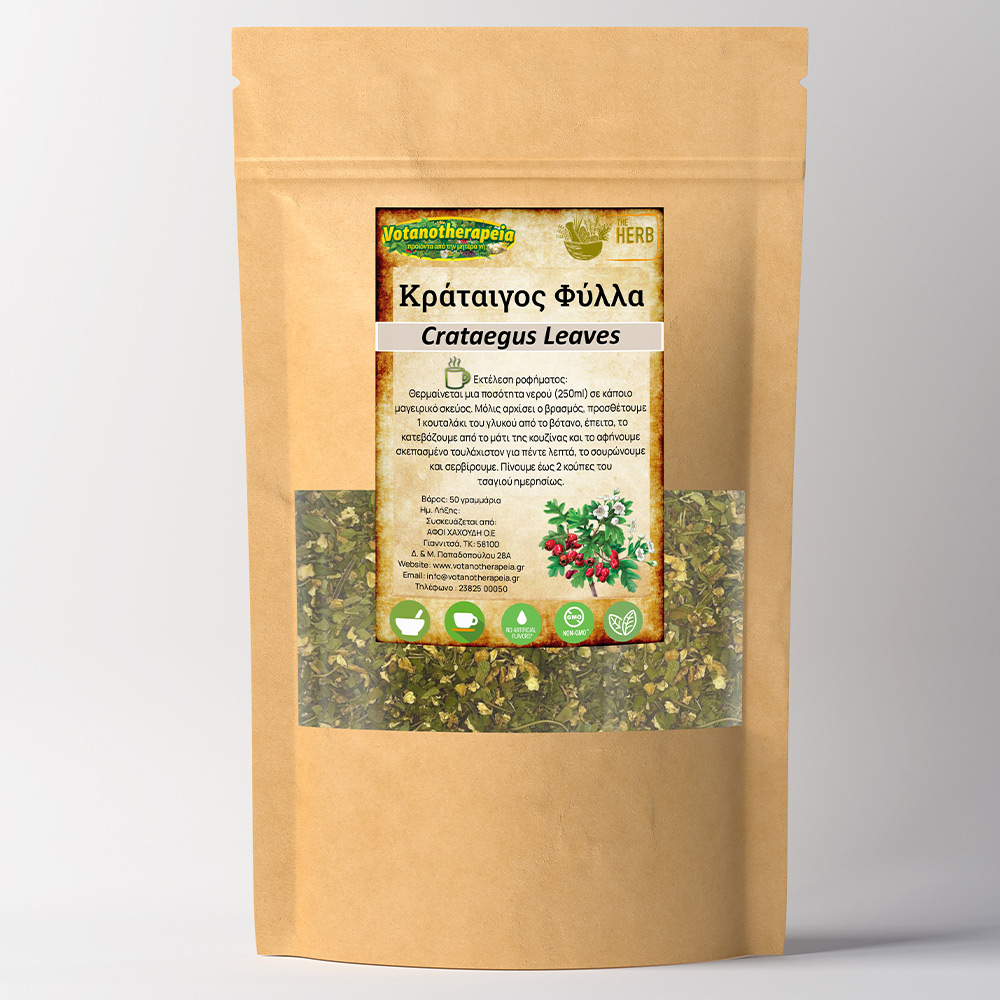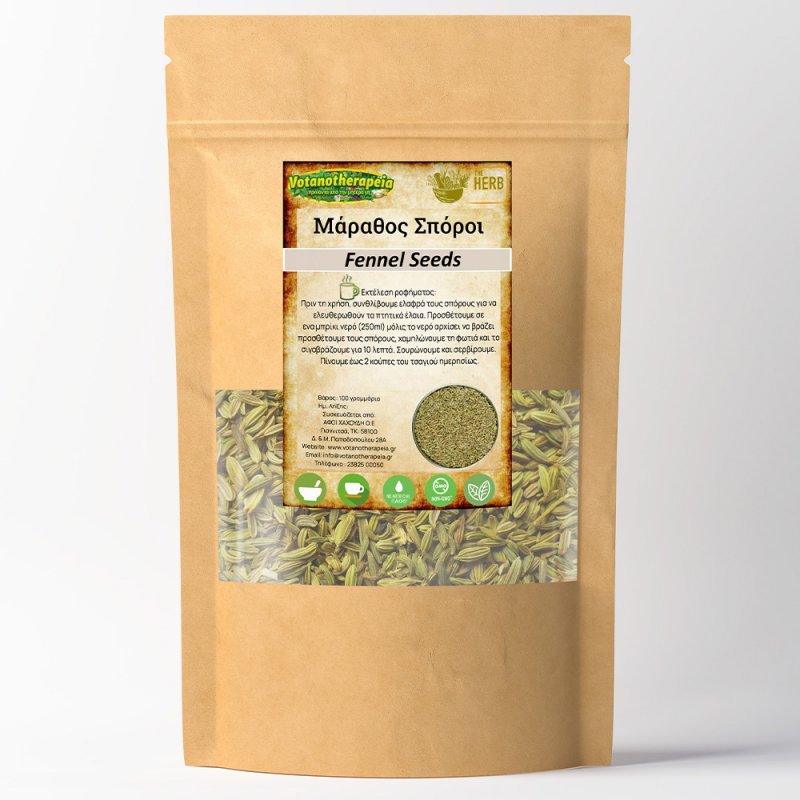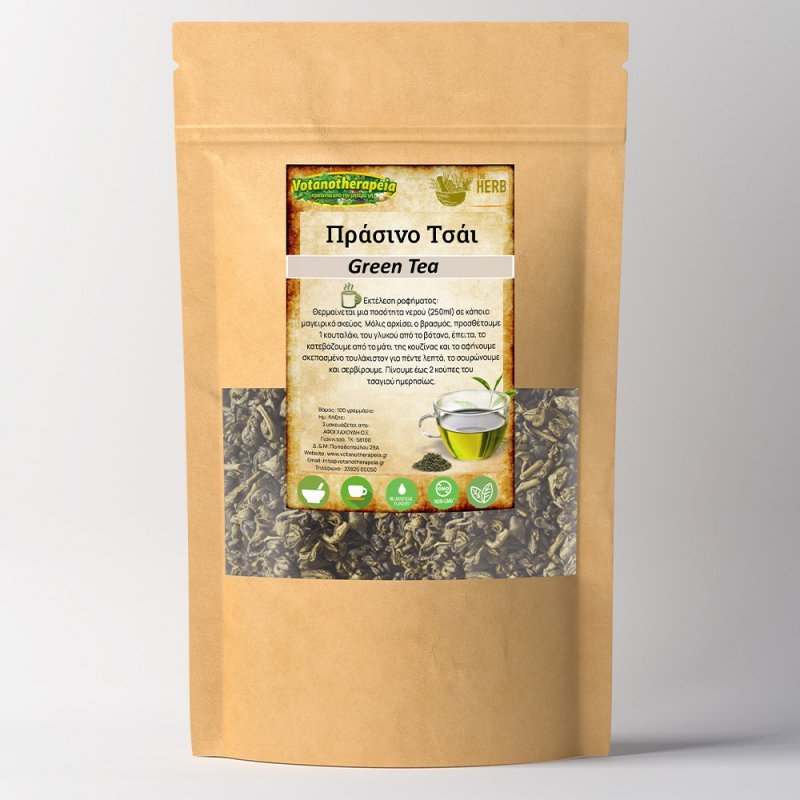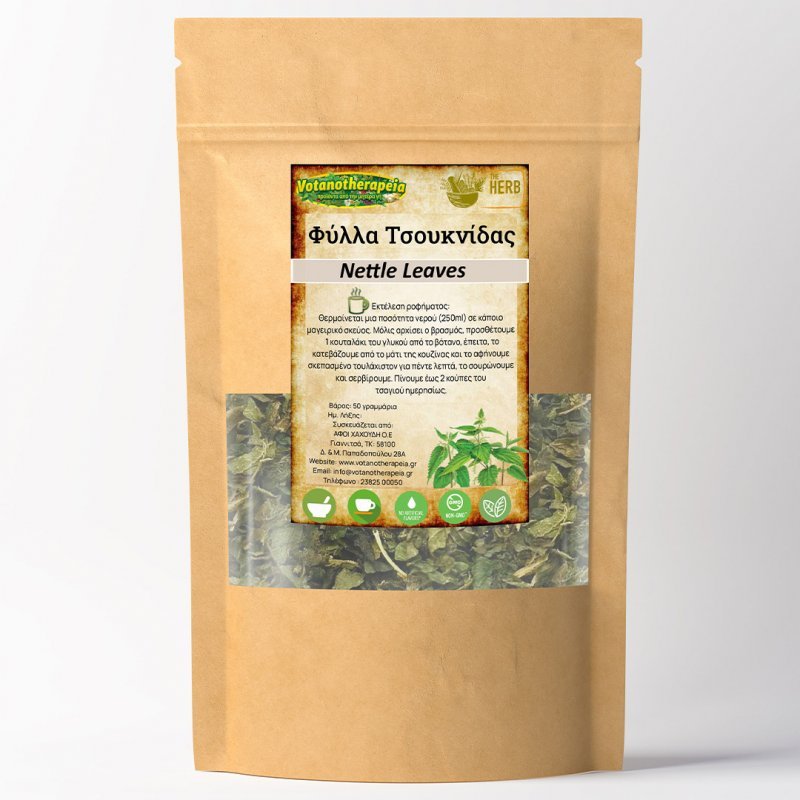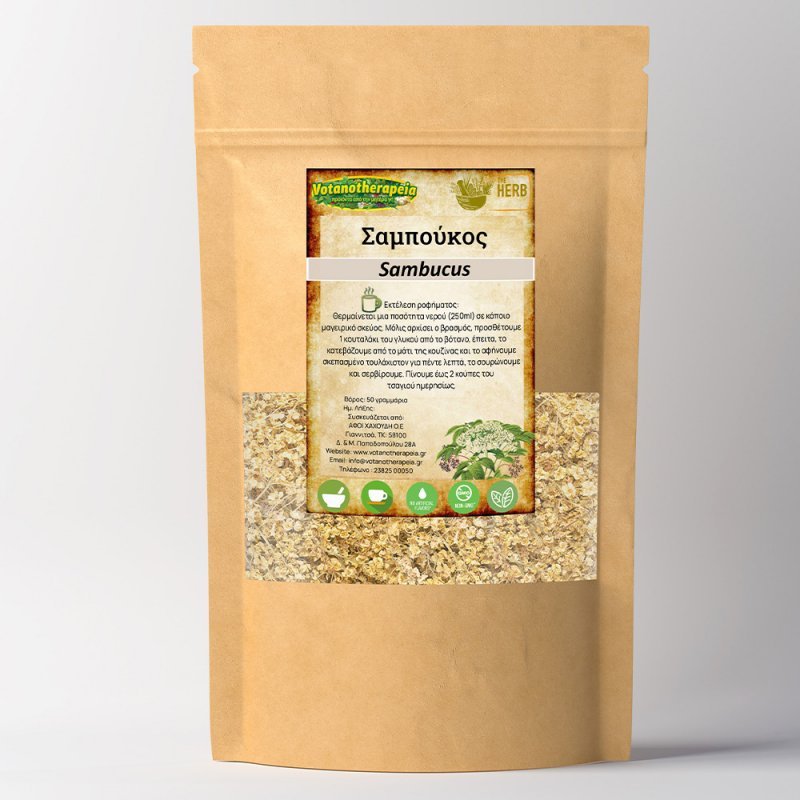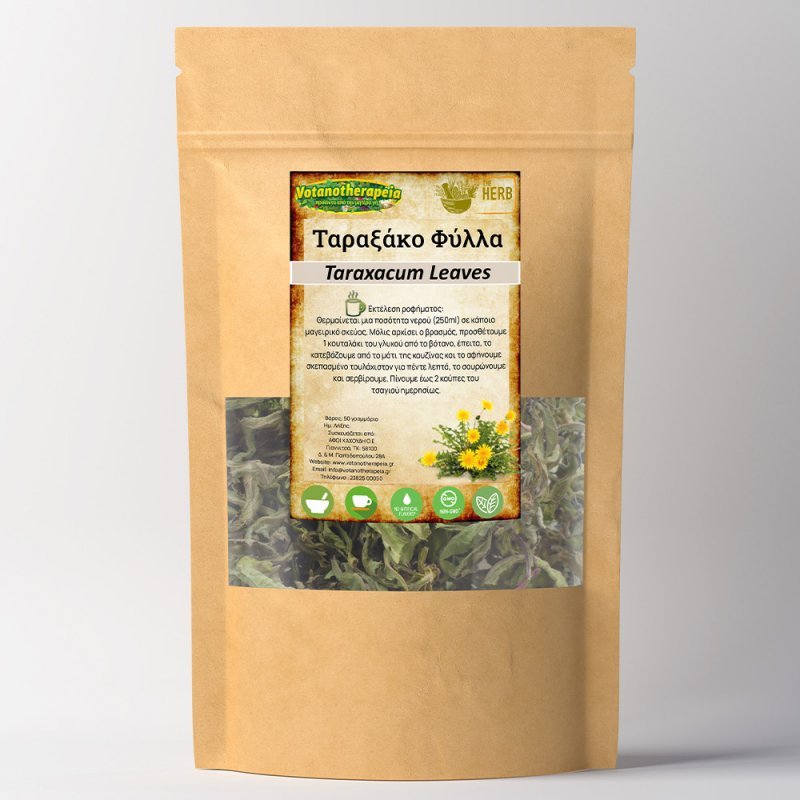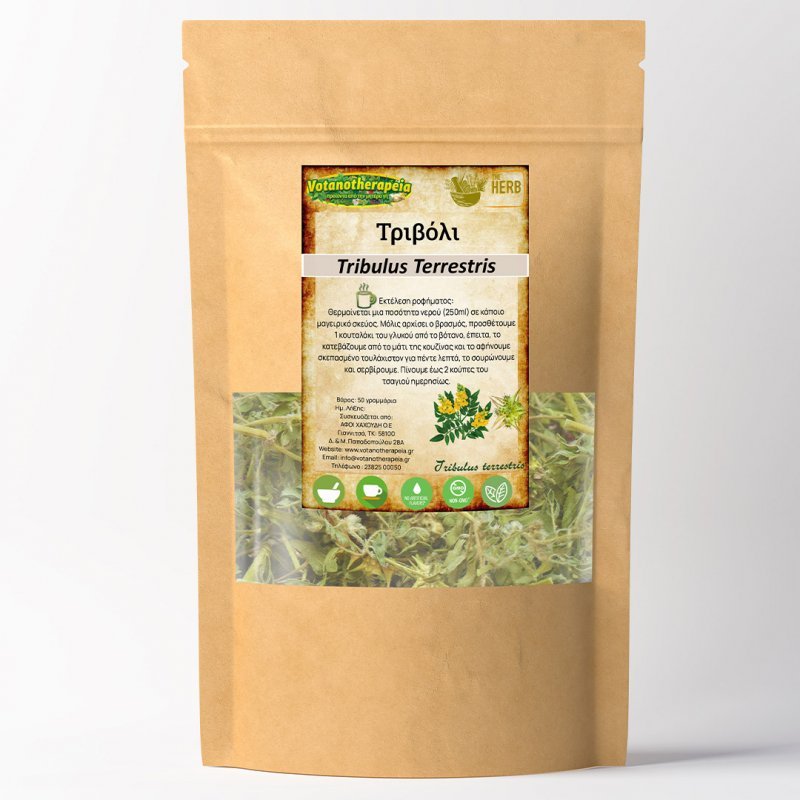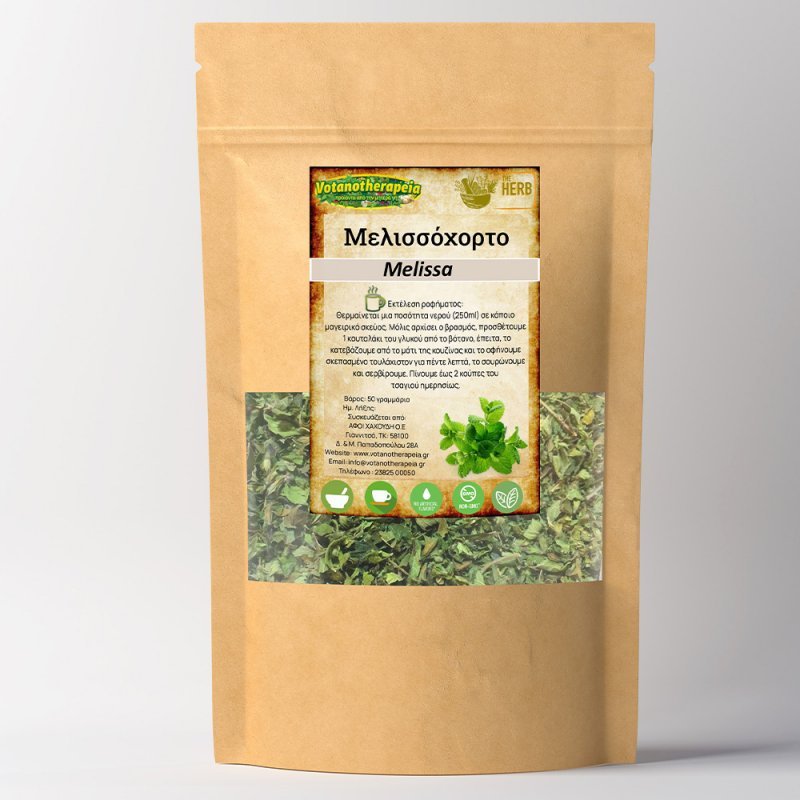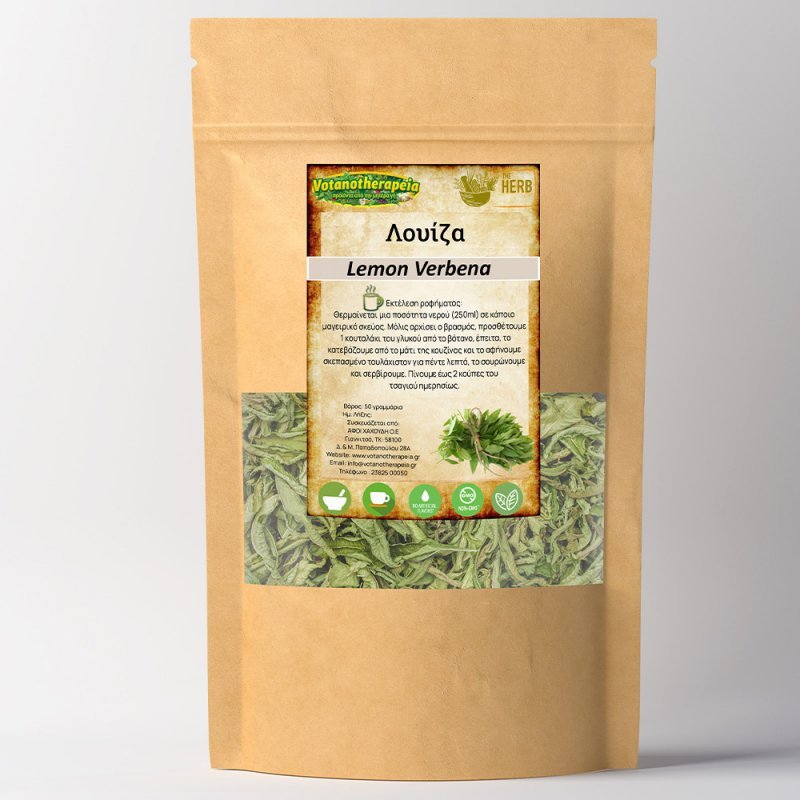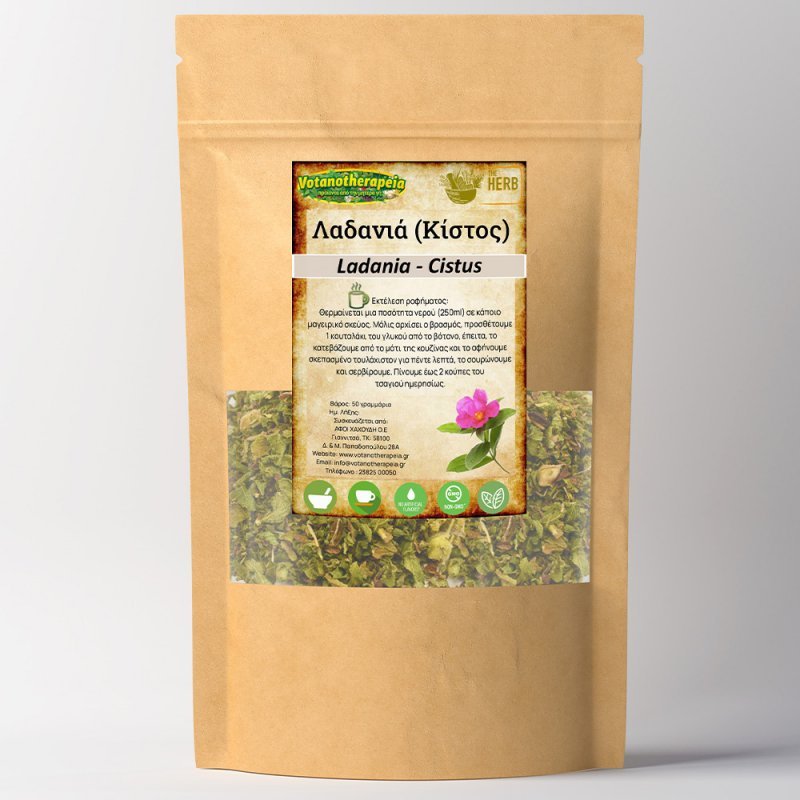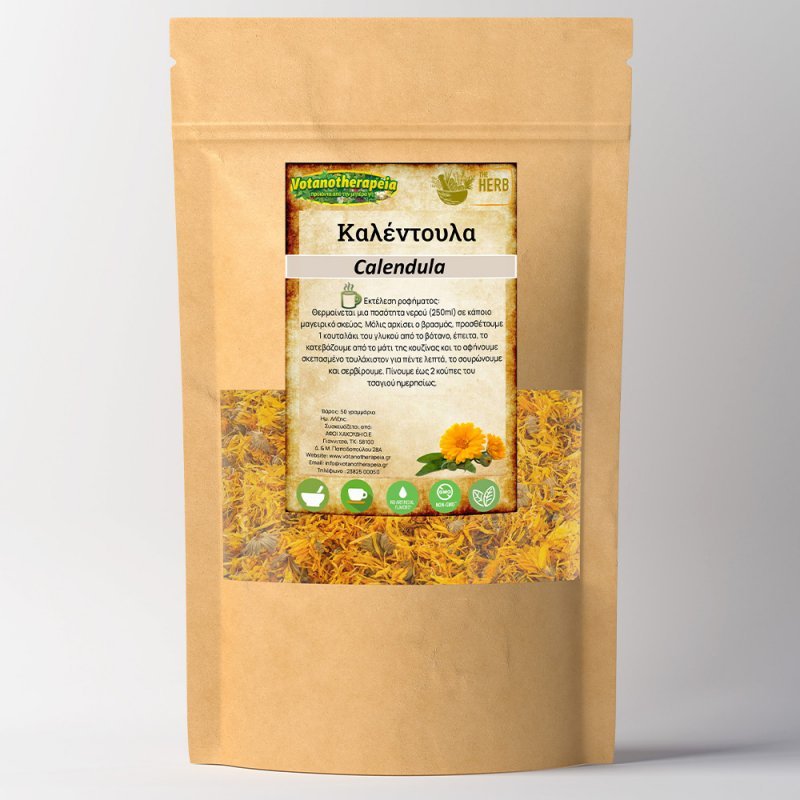According to traditional medicine, Crataegus has been thoroughly researched. Its primary medicinal effects are attributed to the bioflavonoids it contains. These compounds help relax and dilate the arteries, particularly the coronary artery, thereby improving blood flow to the heart muscles and reducing symptoms of angina. Bioflavonoids are also potent antioxidants, which assist in preventing or reducing the degeneration of blood vessels.
Cardiotonic herb:
A significant number of studies have confirmed the value of Crataegus in the treatment of chronic heart failure. Notably, a study conducted in Germany in 1994 showed that Crataegus improves heart rate and lowers blood pressure.
Crataegus has been used traditionally in Europe for treating kidney and bladder stones, as well as for its diuretic properties. The herbal texts of the 16th and 18th centuries, including those by Gerard, Culpeper, and K’Eogh, all reference these applications. The modern use of Crataegus for circulatory and heart conditions originated with an Irish physician in the late 19th century, who began successfully using it in his patients for these ailments.
Crataegus is a potent cardiotonic that helps regulate both low and high blood pressure, as well as tachycardia and arrhythmia. It is also antispasmodic and soothing, making it highly effective in addressing insomnia caused by nervous tension, as it calms the nervous system and alleviates symptoms of angina.
Additionally, Crataegus helps protect against arteriosclerosis and has a beneficial effect on the blood vessels. It is also recognized as an antipyretic herb, particularly effective in treating the three-day fever.
Warnings
It is important to note that Crataegus may interact with various medications used for cardiovascular conditions, and therefore, caution is required. Consultation with your healthcare provider is essential. For example, Crataegus may lower blood pressure, and when taken alongside antihypertensive medication, there is a risk of blood pressure dropping too low.
It has also been observed that Crataegus can increase blood flow. When combined with medications that have similar effects, the likelihood of dizziness may be increased.
The information provided about the herbs and their properties is sourced from books, botanical texts, and research studies. It does not constitute medical advice or prescriptions in any way.
Consult your doctor if you are pregnant, breastfeeding, taking medication, or experiencing health issues.
- Origin Country :
- Within EU
- Net Weight :
- 50g
Bring 250ml of water to a boil. Once boiling, add 1 teaspoon of the herb, remove from heat, and let it steep, covered, for at least five minutes. Strain before serving. Enjoy up to 2 cups of herbal tea per day.
What is the recommended duration for taking herbs?
According to herbal studies and research, most herbs are recommended for use over a period of about one month. This means they can be taken daily and continuously for one month, followed by a break of approximately 7 days. These cycles of “treatment” can be repeated as often as deemed necessary, always including a 7 day break in between each cycle.
Payment Methods & Shipping Costs for Orders Delivered Within Greece (COURIER CENTER, GENIKI TAHYDROMIKI & BOX NOW)
Free Shipping on Orders Over €60! For orders over €60, shipping and cash-on-delivery fees are completely free!
This offer applies only to deliveries within Greece.
1. Payment via Cash on Delivery (Courier Center & Geniki Tahydromiki)
For those who prefer to pay upon delivery, we offer a cash-on-delivery service via Courier Center and Geniki Tahydromiki:
Shipping Cost: €3.00 , Cash-on-Delivery Fee: +€1.50 The Total Cost: €4.50
For orders exceeding 2kg, an additional charge of +€1.00 per extra kilo applies. Cash on delivery is not available for BOX NOW.
2. Payment via Debit/Credit Card & IRIS Payment (Courier Center, Geniki Tahydromiki & BOX NOW)
For a secure and seamless checkout experience, you can pay via VIVA WALLET using:
Shipping Cost with Courier Center and Geniki Tahydromiki: €3.00. Shipping Cost with BOX NOW: €2.50. For orders exceeding 2kg, an additional +€1.00 per extra kilo applies to Courier Center and Geniki Tahydromiki shipments. With BOX NOW, the shipping cost remains fixed regardless of weight.
3. Payment via PayPal (Courier Center, Geniki Tahydromiki & BOX NOW)
Shipping Cost with Courier Center and Geniki Tahydromiki: €3.00. Shipping Cost with BOX NOW: €2.50. For orders exceeding 2kg, an additional +€1.00 per extra kilo applies to Courier Center and Geniki Tahydromiki shipments. With BOX NOW, the shipping cost remains fixed regardless of weight.
Shipping & Payment for Orders to Cyprus (Courier Center) and BOX NOW
For orders shipped to Cyprus, we use Courier Center’s and BOX NOW express air mail service for fast and tracked delivery: Shipping Cost with COURIER CENTER €15.00 (for orders up to 2kg) For each additional kilo: +€4.00 Estimated.
Shipping cost with BOX NOW are a flat €9.50 for orders weighing up to 7KG.
Payment Options: Debit/Credit Card, IRIS Payments & PayPal
*Delivery Time: 1-4 business days (depending on product availability)
Shipping & Payment for Orders to the Rest of Europe (DHL Economy)
For international orders within Europe, we ship via DHL Economy for reliable and fast delivery: Estimated Delivery Time: 7-8 business days.
Payment Options: Debit/Credit Card, IRIS Payments & PayPal
To check your exact shipping cost, simply add your desired products to your cart, proceed to checkout, and select your country. Our system will automatically calculate the shipping fee based on the total weight of your order.
We ensure secure transactions, fast shipping, and premium service for all our customers!
Share your experience!
Write a review and significantly help other users! In order to review this product, having an account on our website is a prerequisite for submitting a review.



